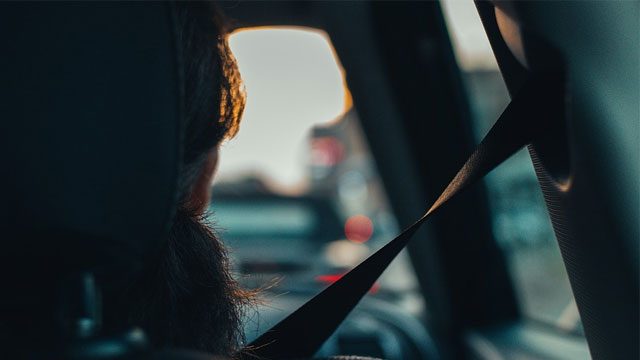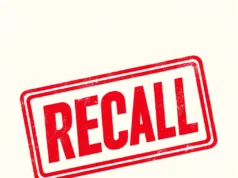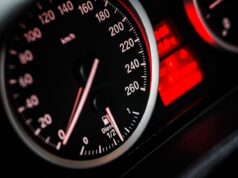
The simplest and best protection you and your passengers have during most types of car accidents is a seat belt, but how safe is yours?
Seat belts and harnesses save thousands of lives every year, but like any other product, they sometimes fail due to manufacturing or design defects. The problem is that when seat belts fail, the results can be catastrophic or fatal.
Seat belts save thousands of lives every year (they were responsible for saving 15,000 people in 2003 alone). Unfortunately, thousands of others could have likely been saved if they had simply buckled up.
Seat belts not only save the lives of drivers and others in the vehicle, but they are also credited with saving $50 billion every year in medical expenses, lost wages, and other types of expenses related to automobile accidents.
In addition to the number of people who lose their lives due to a failure to buckle up, there are a number of fatalities that are the direct result of a defective or malfunctioning seat belt.
Seat Belt Failure in an Accident
When a seat belt failure occurs, it can cause serious injuries that can negatively affect an individual’s ability to perform daily tasks and return to work. Some of the injuries that result from defective seat belts include but are not limited to the following:
- Fractures and dislocations
- Concussions
- Whiplash
- Cuts and bruises
- Spinal injuries
These types of injuries often result in substantial medical treatment and rehabilitative therapy, often requiring the victim to miss a great deal of work. This can put the victim under serious financial duress, but it’s important to remember that you have the right to seek compensation for your losses under what’s called a product liability lawsuit.
Defective Seat Belts
The seat belt is designed to protect the driver—and any passengers who are wearing a seatbelt—from moving around the cabin in the event of a crash.
However, if the individual is not wearing the belt or it is defective, the victim usually suffers what’s referred to as a “second impact,” whereby the driver or passenger will make contact with the interior of the vehicle, or might be ejected and make contact with the exterior surface.
Seat belts that fail to secure the occupant are more than likely to result in excessive injuries following the primary impact. Unlike an individual’s choice not to wear a seat belt, a defective seat belt falls under product liability law and is the responsibility of the manufacturer.
Even if you were in a single-vehicle accident that was your own fault (or are unable to hold the other party in the accident responsible for your damages), you may still have a claim against a third party, namely the manufacturer.
Seat Belt Recalls
While we depend on seat belts to protect us in case of an accident, they do sometimes break or fail because of a design or manufacturing defect. Since 2005, many automobile manufacturers have been forced to issue recalls because of defects in the design or technical problems in the seat belts in some models. Chrysler has recalled more than 1.4 million models because of defects in the design or malfunctions in the seat belts.
Some of the bigger seat belt recalls include the following:
Ford Motor Company announced the recall of approximately 680,000 vehicles because of defective seat belts. The recall included the 2015-2016 Mondeo; 2013-2015 Lincoln MKZ; and 2013-2015 Ford Fusion.
Fiat Chrysler recalled a total of 1.9 million vehicles that included the following: 2010 Chrysler Sebring; 2011-2014 Chrysler 200; 2010-2012 Dodge Caliber; 2010-2014 Dodge Avenger; and 2010-2014 Jeep Patriot and Compass SUVs.
General Motors announced in September 2016 it was recalling 4 million vehicles worldwide because of seat belts that were potentially responsible for at least one death according to the Associated Press. The GM recall included the 2014–2016 Buick Lacrosse, Chevy SS, and Chevy Spark EV; the 2014-2017 Buick Encore, GMC Sierra, Chevy Corvette, Chevy Trax, Chevy Caprice, and Chevy Silverado; and the 2015-2017 Chevy Tahoe, Chevy Silverado HD, Chevy Suburban, GMC Yukon, GMC Yukon XL, GMC Sierra HD, Cadillac Escalade, and Cadillac Escalade ESV.
Your Next Steps
If you were a loved one has been injured in an accident where one or more of the seat belts broke or malfunctioned, our best piece of advice is to contact an experienced product liability attorney in your area and request a free consultation.
Product liability cases can be quite complex, and are often heavily contested by automobile manufacturers. The law is on your side, but in order to give yourself the best chance at winning your claim, you need an experienced attorney. Luckily, most product liability lawyers in America work on contingency. This means that you’re never charged a penny unless your attorney wins your case.







